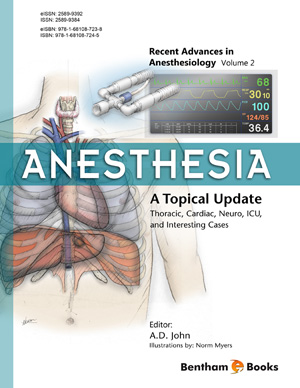Abstract
Otolaryngology procedures involve the airway either directly or take place in close proximity to the airway which necessitate the sharing of the airway by the surgical and anesthesia teams. Close co-operation, open communication, clear delineation of the plan as well as backup contingencies for intubation and airway care between the surgical and anesthesia teams are required for successful patient care. Care should be taken in paralyzing a patient with a potentially difficult airway until the ability to mask the patient has been confirmed. Laryngeal disorders can be infectious, benign or malignant growths. Head and neck surgery is complex and muscle relaxation is often contraindicated by the need to monitor nerve function. Pediatrics, epiglottitis, and the aspiration of foreign bodies emphasize this need for close cooperation and communication between all involved in the patient care – surgical staff, anesthesia staff, and nursing staff, for the best results and in order to ensure patient safety.
Keywords:
Airway Foreign Body, Airway, Difficult Airway, Epiglottis, Head and Neck Surgery, Larynogectomy, Laryngospasm, Myringotomy, Operating Room Fires, Otolaryngology, Parotidectomy, Thyroidectomy, Tonsillectomy, Tracheostomy, Tympanoplasty.

